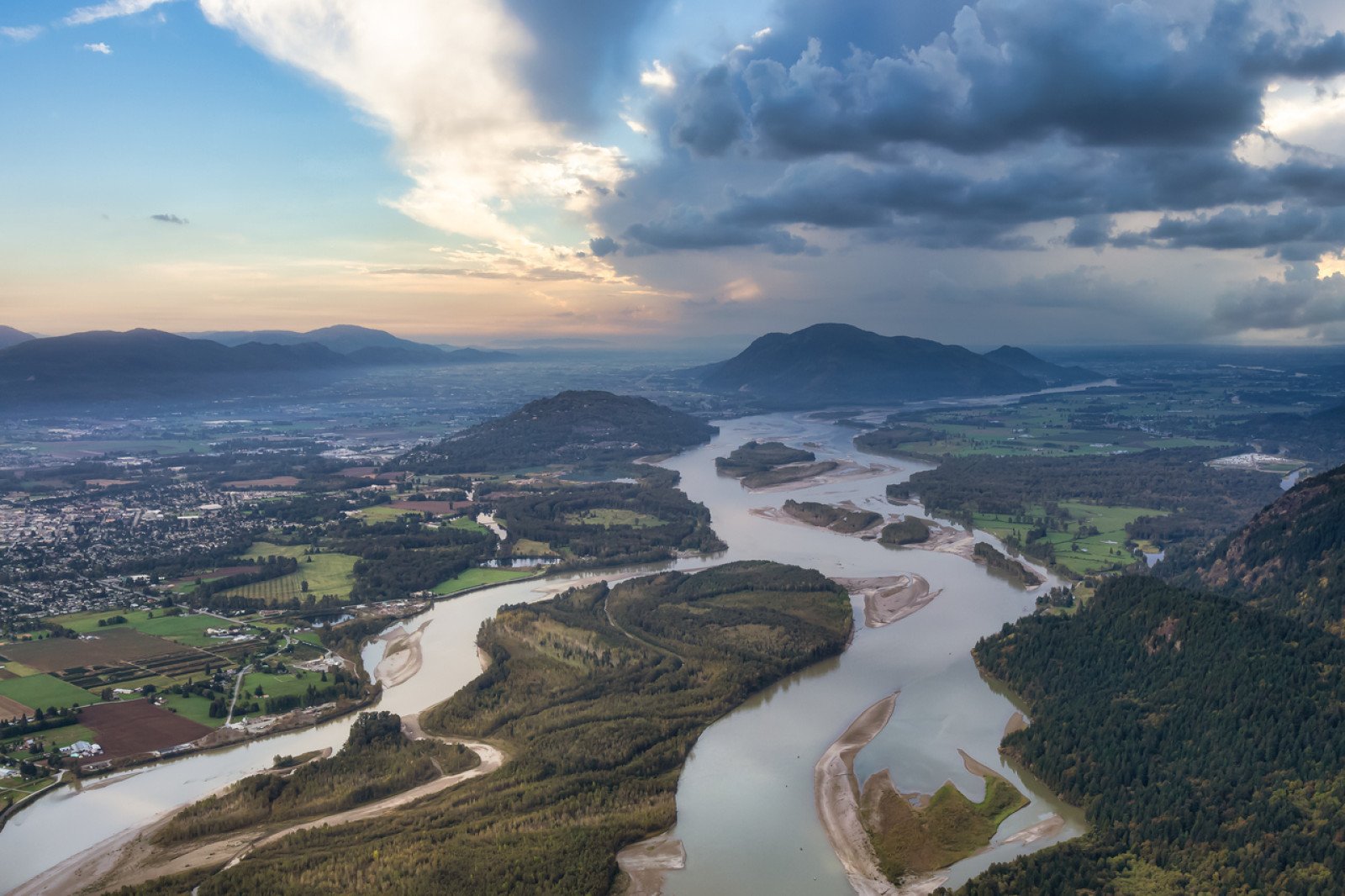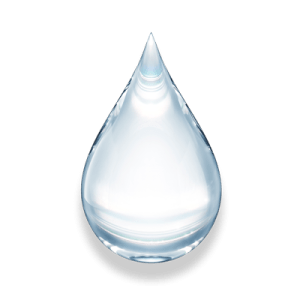What’s the value of a river?
Examine how the value of ecosystem goods and services can be measured.

Overview
Students suggest how the value of the ecosystem goods and services (EGS) provided by the Fraser River might be measured. After learning about monetary and non-monetary measures, students categorize the EGS provided by the Fraser River, and suggest which might be the most valuable.
Instructions
What you'll need
- "What is the value of a river?" worksheet, one copy per pair of students
- "Measuring ecosystem goods and services" slides
- Digital projector/display
- Chart paper
- Organize your students into pairs and provide each group with a copy of the "What is the value of a river?" worksheet.
- Show the "Measuring ecosystem goods and services" slides and at slide 2 and ask groups to suggest how the value of the ecosystem goods and services (EGS) provided by the Fraser River could be measured. Prompt your students to think of obvious and less obvious EGS. For example, students might suggest measures such as the dollar value of all the salmon caught, the number of species that have river habitats, or the amount of drinking water provided by the river.
- Prompt groups to note their ideas on their worksheet around the image of the river in the form of a web.
- Encourage groups to share their ideas with the class. Invite students to suggest which EGS provided by the river might be the most valuable.
- Display slide 3 and ask your students to suggest what measures could be used to compare the value of the two different methods of transportation. For example, students might suggest that the price of the two items could be compared.
- Invite students to share their ideas with the class. Consider noting student suggestions on a chart paper for use in the next step.
- Show slide 4 and briefly explain that monetary and non-monetary measures can be used to measure the value of EGS. Works as a class to categorize the suggestions recorded in the previous step as either monetary and non-monetary.
- Display slide 5 and briefly explain that monetary and non-monetary measures can also be used to determine the value of EGS. Review the examples with students.
- Show slide 6 and invite groups to suggest what monetary and non-monetary measures could be used to value the EGS represented in each of the four images. Students’ suggestions could include:
- Eagle feeding: number of eagles attracted to the river = non-monetary
- Shipping: the number of ships using the river = non-monetary; the value of the goods carried by the ships using the river = monetary
- Sprinkler = the amount of water drawn from the river = non-monetary
- Rafting = the amount of money spent by tourists = monetary; the enjoyment of rafters = non-monetary
- As groups share their ideas, invite them to suggest which EGS might be the most valuable.
- Move to slide 7 and prompt groups to suggest monetary and non-monetary measures that could be used to value the EGS described in the diagram.
- Display slide 8 and guide your students’ attention back to the worksheet. Ask groups to add monetary and non-monetary measures that could be used to value the EGS provided by the Fraser River. Ask groups to use the table to categorize their ideas.
- As groups share their decisions and thinking with the class, ask them to decide which three EGS might be the most valuable.
- To conclude the activity, ask students to reflect on the two methods of measuring the value of EGS. Are there particular stakeholders or groups that might prefer one type of measure over the other? Are there situations where one type of measure might be more effective or appropriate than the other?
Modify or extend this activity
Extension
- When examining slide 7, ask groups to identify and categorize any additional or subsequent EGS related to those noted in the diagram. Prompt groups to suggest monetary and non-monetary measures for measuring their value.
- Invite students to suggest monetary and non-monetary methods of valuing the EGS shown on slide 9 from the “Identifying ecosystem goods and services” activity.
- While on a field trip or nature walk, ask students to suggest monetary and non-monetary methods of valuing the goods and services provided by a local ecosystem.
- Show slide 11, and invite groups to suggest how the goods and services provided by this ecosystem might be measured.
Modification
- When examining slide 7, assign each group one of the categories of EGS noted in the diagram.
Curriculum Fit
Environmental Science 11
Big idea
- Complex roles and relationships contribute to diversity of ecosystems
- Human practices affect the sustainability of ecosystems
Content
- Benefits of ecosystem services
- Human actions and their impact on ecosystem integrity
Curricular competencies
Questioning and predicting
- Demonstrate a sustained intellectual curiosity about a scientific topic or problem of personal, local, or global interest
- Formulate multiple hypotheses and predict multiple outcomes
Processing and analyzing data and information
- Experience and interpret the local environment
- Construct, analyze, and interpret graphs, models, and/or diagrams
- Use knowledge of scientific concepts to draw conclusions that are consistent with evidence
- Analyze cause-and-effect relationships
Evaluating
- Consider social, ethical, and environmental implications of the findings from their own and others’ investigations
Applying and innovating
- Contribute to finding solutions to problems at a local and/or global level through inquiry
Communicating
- Communicate scientific ideas and information, and perhaps a suggested course of action, for a specific purpose and audience, constructing evidence-based arguments and using appropriate scientific language, conventions, and representations
- Express and reflect on a variety of experiences, perspectives, and worldviews through place
Environmental Science 12
Big idea
- Human actions affect the quality of water and its ability to sustain life.
- Sustainable land use is essential to meet the needs of a growing population.
Content
- Soil characteristics and ecosystem services
Assessments
Assess your students’ ability to:
- Use scientific concepts and terminology in discussions
- Effectively use monetary and non-monetary measures to describe the value of EGS
Teaching Notes
Measuring ecosystem goods and services in Canada
Information about measuring EGS in this lesson comes from the Statistics Canada report.
The report suggests that “both monetary and non-monetary valuation would be used to estimate the value of the use or non-use of EGS. For example, a monetary value of directly using trees could be estimated by using market prices of lumber or other forest products.
Monetary and non-monetary valuation methods might be used to estimate the value of the same thing. For example, the monetary value of a forest might be estimated by comparing the value of trees in the forest to the value of trees sold in a market. A non-monetary value might also be used to provide a sense of the relative importance of the trees by estimating the value of the trees as air purifiers.”
For more information on valuation techniques, see page 21-22 and Appendix B (page 86) of the report.







